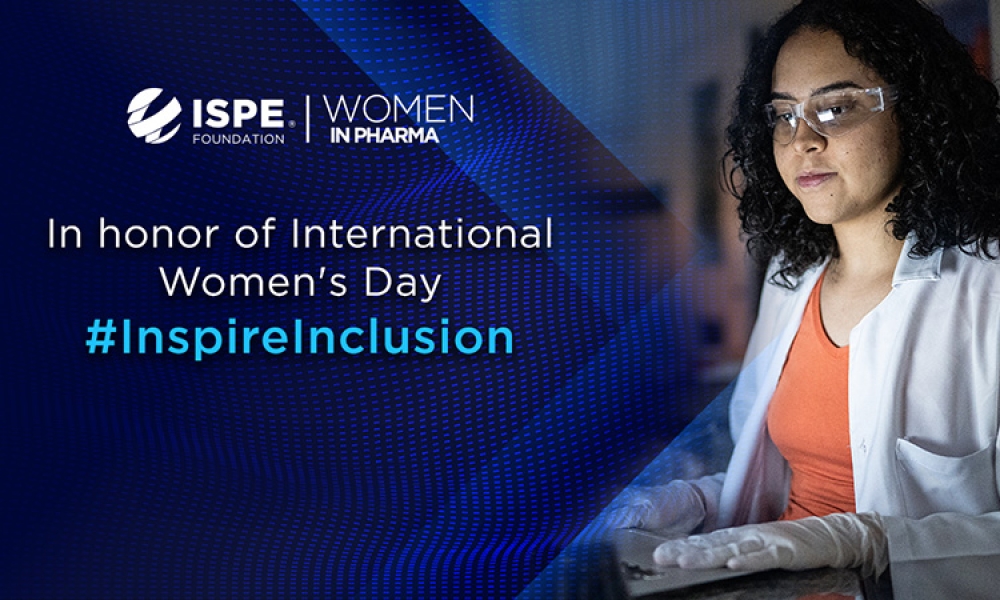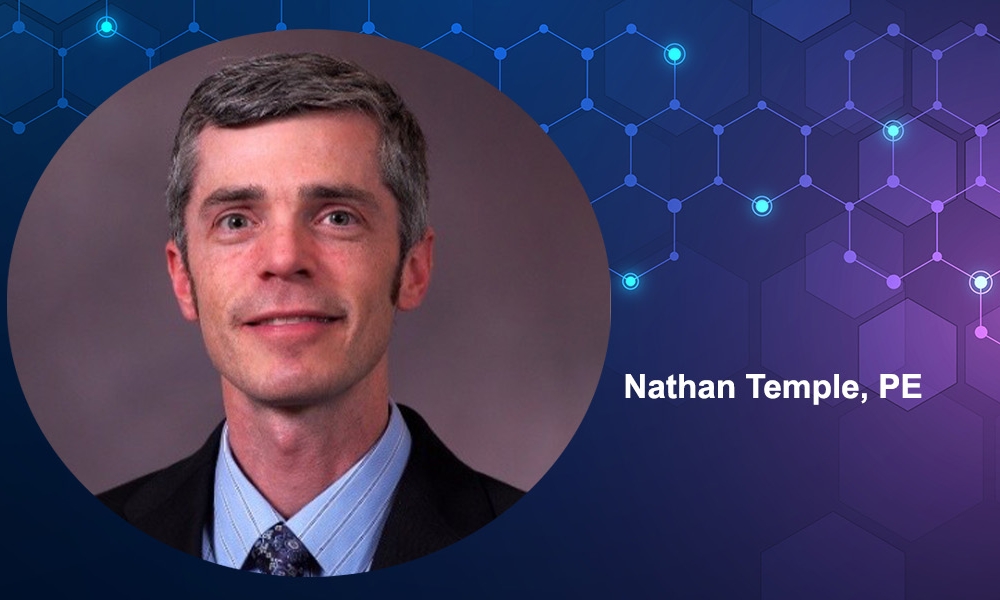The new year is here and, with that, another International Women’s Day approaches! This incredibly important global movement, which takes place every 8 March, celebrates women’s achievements, raises awareness about discrimination, and advocates for accelerated equality and gender parity. ISPE’s Women in Pharma® community strives to accomplish all these goals through regional and international...


